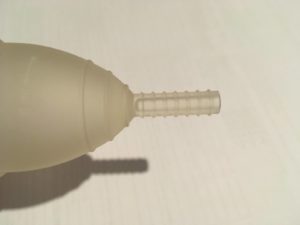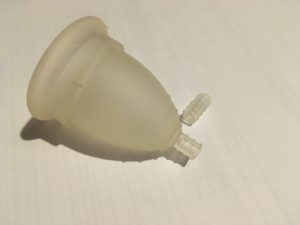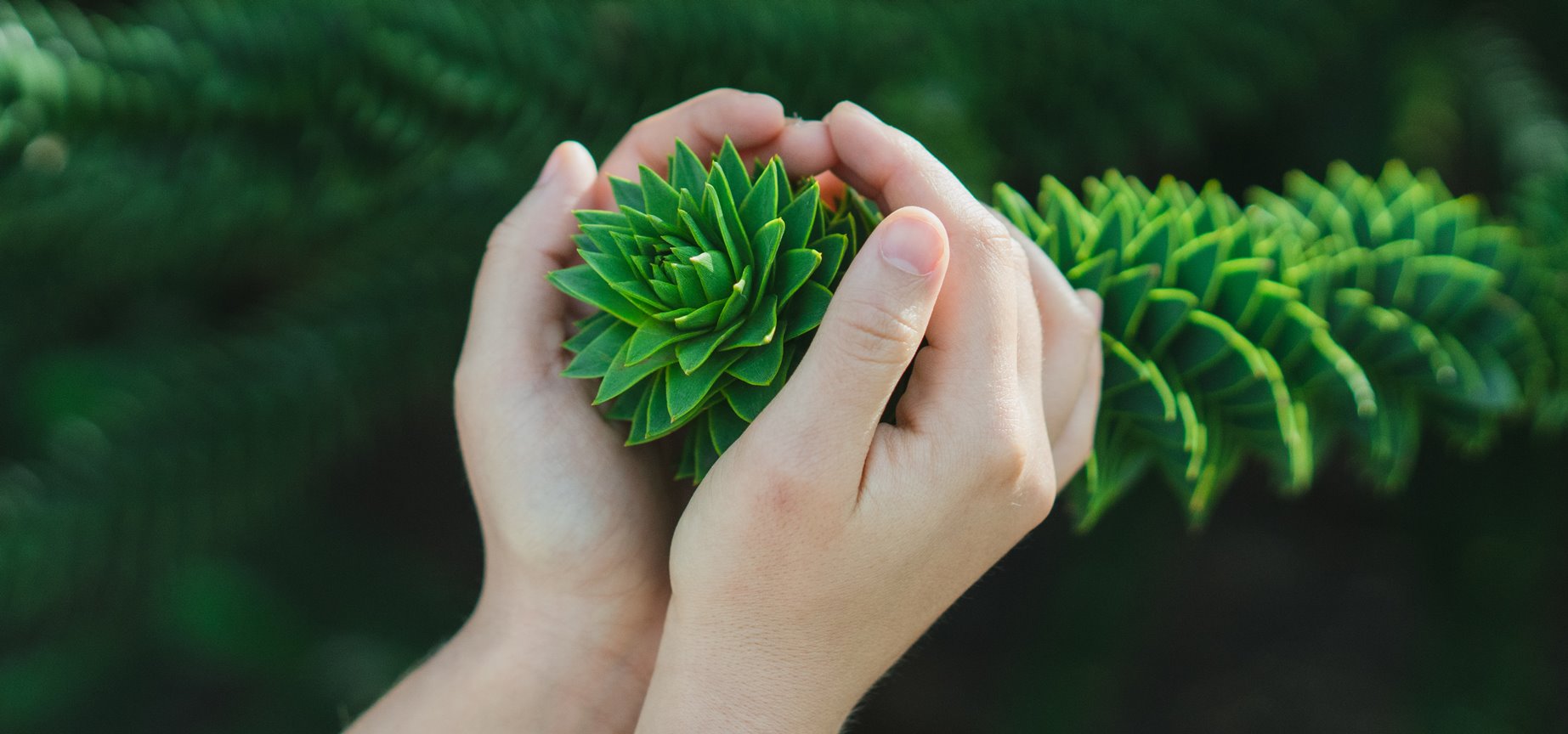Welcome to my Journey to eco-friendly periods blog series, in which I discuss the ways I’ve changed how I manage my period so it is more sustainable. For the back story on why I decided to change my routine, including statistics on the plastic contained in common period products (like up to 4 plastic bags worth of plastic!) or how they’re harmful toward the planet, be sure to read the first part of my series.
When talking about eco-friendly periods, it’s impossible not to mention menstrual cups as the two are pretty much synonymous. They were the first thing I looked into when making my switch to find environmentally friendly ways to manage my period.
Reasons menstrual cups are eco-friendly:
- They’re reusable
- There is no waste to dispose of
- Therefore they are cheap to buy as you don’t need to buy them again
But there are a lot of other benefits to a cup too:
- They’re kinder to the body, less drying to the vagina with no harsh chemicals
- You don’t have to change/rinse it as frequently as tampons or pads
- You can get to know your period more
I’ve been using a cup for a whole year now and don’t regret the switch. It took me a few months to get use to them though, so here are my tips if you’re thinking about trying one too.
Do your research
The Internet was my best friend during the first couple of months using a cup, but I wish I had researched before I made my purchase. There are so many different brands and types of cups out there, plus because they are reusable and the idea is you will have it for a while, you may as well ensure it’s the best one for you. You can do quizzes online to find which best suits your cervix or flow, as well learn the different colours and shapes.
Youtube is a great place to research since you can watch people’s vlogs, reviews, and how-to guides. Looking at the different type of folds is essential too, as everyone is different and will find a different fold works best for them.
Personally, I use a Mooncup and haven’t had any issues with mine. There’s also TOTM, The DivaCup, Lunette, OrganiCup, and dozens more. Precious Star Pads is my favourite Youtuber to provide menstrual cup help, but there’s tons of great ones out there. And I use the Punch Down fold.
Try at home first and in short bursts
If, like me, you found it tough learning to use tampons for the first time, I definitely advise trying the cup at home first. I started using mine the same week as a traumatic event which doesn’t sound like the best idea, but I think it took my mind off the bad things and the bad things put it into perspective that trying a menstrual cup isn’t scary.
I would try it for a few hours a time, then for a whole afternoon, then for a whole day (8 hours). It’s better to ease your way into it by doing short stints with the cup, then you can slowly get use to how your body feels with it in and don’t need to rush in the bathroom or bedroom while you experiment.
Lube up!
I don’t see enough people talk about using lubricant with your menstrual cup. It’s not anything to be embarrassed about. It can make the whole process much easier, so if you’re struggling or fear you might struggle then you should consider a lubricant. You can use a water-based lubricant, or even water, by applying it to the rim of the cup before insertion.
Using lubricant really helped me get the hang of inserting the cup for the first few months and I would recommend it. I used this organic lubricant. For a few days I struggling getting the cup up high enough, as I always felt it wouldn’t go up any further. Using lubricant I found that the cup could go higher and now I’m more confident using it without lubricant.
View this post on Instagram
Don’t be afraid to trim your stem
This will make sense once you see a cup. Every body is different, so you may find the stem in your cup is the right size for you, or you might need to trim it down or even cut it off altogether. Obviously make sure you are ready to cut it off before you do, as it can’t grow back!
I had to trim mine down just over half way. Each day I used it, I trimmed another level off (the stem on the Mooncup has ridges) and eventually it got to the length that felt right for me.


Don’t expect to nail it instantly
Remember when you started your period, how it took a few cycles to get use to sanitary pads? Or when you first tried tampons? A menstrual cup is just the same. You will leak the first few times until you find the best way to insert the cup and create a seal, so wear back-up pads, liners or period knickers. Similarly, it will take a while to get use to insertion and removal. Give yourself plenty of time for the first few goes. You’re not expected to find your rhythm quickly.
Popping and breaking the seal
It’s a weird sensation feeling your cup ‘open’ inside you and create a seal at first. Once you have a seal, your cup won’t leak. My tip to check the seal is there and my cup is open is to run my finger along the top of the cup once it’s inside. If the cup hasn’t opened, it does after doing this.
To remove the cup, do not just pull it down! This tends to be why people can’t stick with the cup, because after doing this once and feeling the pain of tugging at it, they stop. What you need to do is break the seal. At first I used one finger to break the seal, then gently tugged down on the stem to pull it down and out. But now I’m able to fold the cup while it’s inside, break the seal and then pull it out the exact way I inserted it. You’ll find your way.
Clean the holes
Rinsing your cup between uses is fairly easy under a tap. but sometimes blood gets caught in the holes around the rim which are used to create the suction. These need to be clear each time you insert it, so I find that using the peg from a floss stick (obviously don’t use that end of the stick after) can help clear the hole.
Or rinse it upside down with the water from the tap going into the holes, eventually they’ll clear.
Don’t panic!
Back when I first tried tampons, I use to get myself into a state of panic when I couldn’t insert them. From panicking, I was causing my body to tense up so of course it wasn’t going to let a tampon in.
It’s the same for a menstrual cup. Relax and don’t force it. You don’t need to get it right first time, it will take a few cycles to perfect it.
Bonus tip: Don’t burn it!
I purchased a small pot from Aldi for around £5 which I use strictly for sterilising my cup after a cycle. This month however, I stupidly left it too long, the water evaporated and it was close to burning. My cup was just about ok, but to be on the safe side I purchased another (which I was then able to take photos above ^) but I have learnt my lesson and will never do it again.
To sterilise your cup, you can boil it for 5-10 minutes in water. Dry it off and then it’s ready for your next cycle. Or you can buy sterilising tablets and cleaning liquids, but I personally find boiling my cup once a month is working out well. Just don’t leave it!
- They can be messy
- They can be tricky to change in public
While changing the cup can cause your hand(s) to be covered in blood and it looks like a scene from a horror film, remember it’s your period . It’s not ‘dirty’ blood in the common sense, like poo or sick. The way I view it, is that your hands can be cleaned with soap as can your sink and toilet. It’s not the end of the world 🙂
Changing in public can be a difficult. I would always say seek out a toilet with a sink if possible. If you can’t, say you’re out for the day in a busy city, take a bottle of water (ideally, not a plastic bottle) and give your cup a rinse with the water and pour it down the toilet. Or you can purchase some disinfectant or menstrual cup wipes. Superdrug do some made from organic cotton, but there’s a lot more out there too.
Talk about menstrual cups
I’m an advocate for talking about periods more in order to break the stigma that surrounds them. Not in a way to make people uncomfortable and I always read the room, but to normalise it. Talking about menstrual cups is even more fascinating than talking about periods in general. I found a lot of advice about menstrual cups on forums where people were sharing tips and advice, and I’ve found since using one a lot of family, friends, and people online ask me a lot of questions about them or give me advice too.
So be prepared. If and when you start using a cup, you’ll want to talk to everyone and anyone about them!
View this post on Instagram

1 thought on “Journey to eco-friendly periods | The cup”